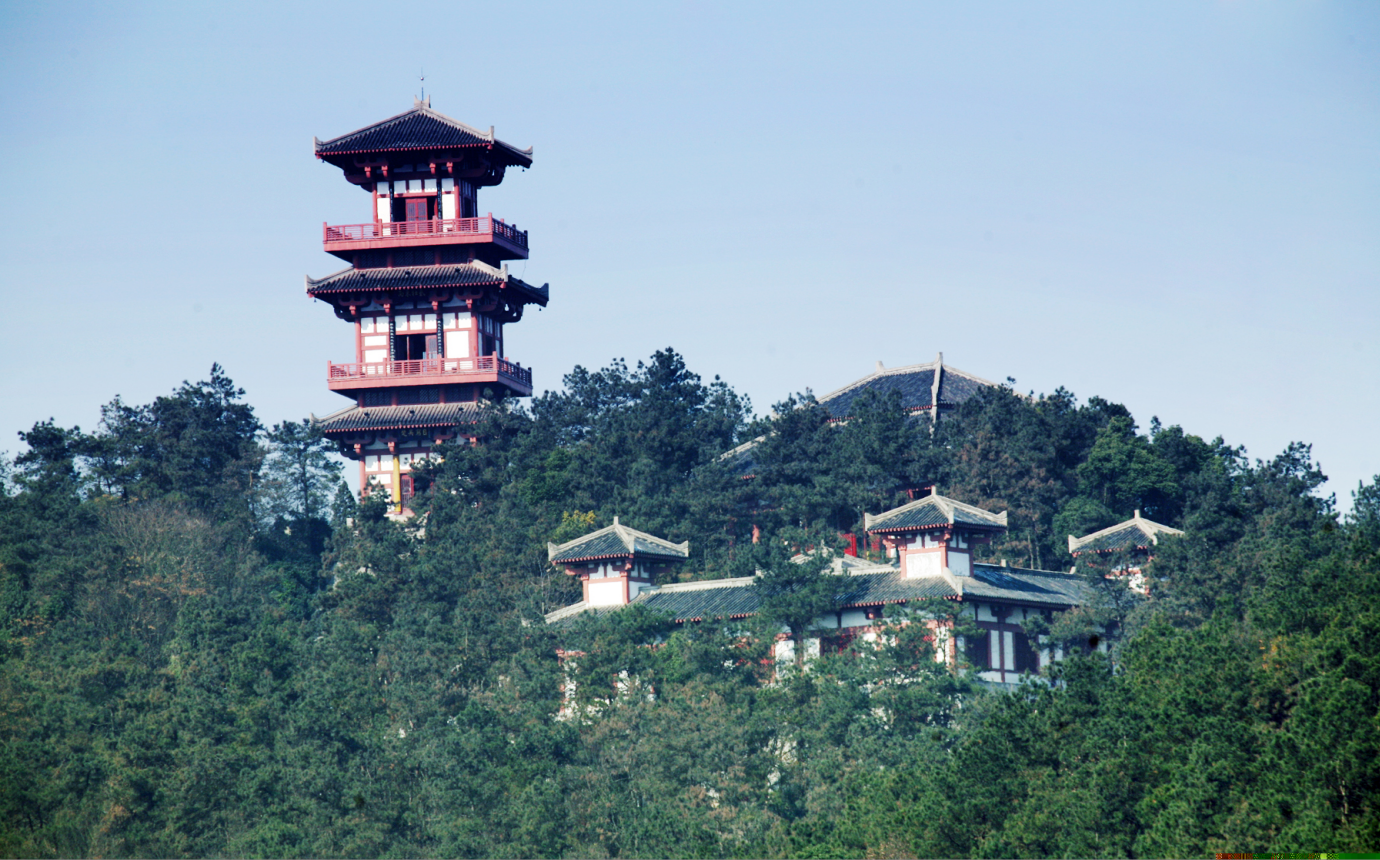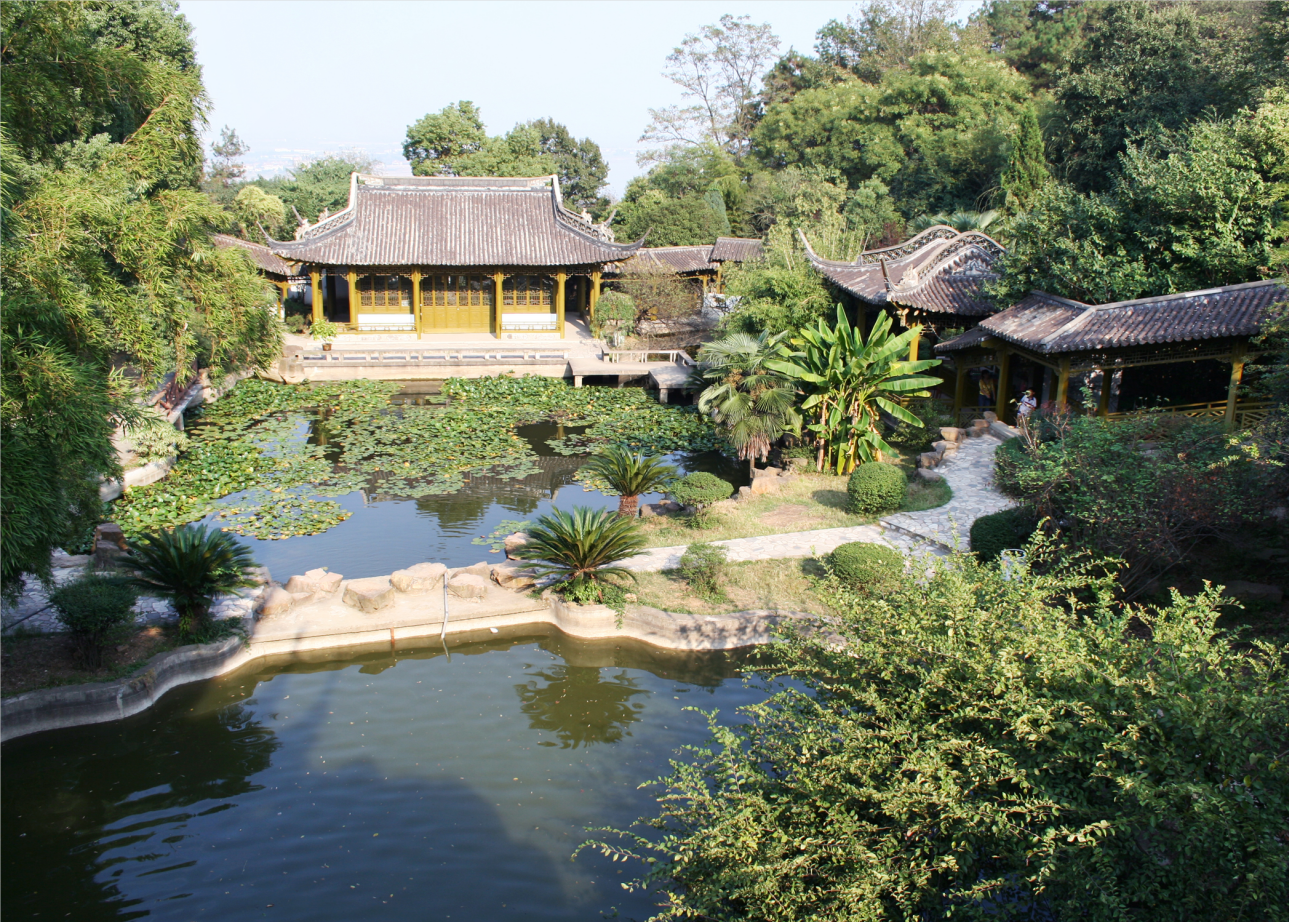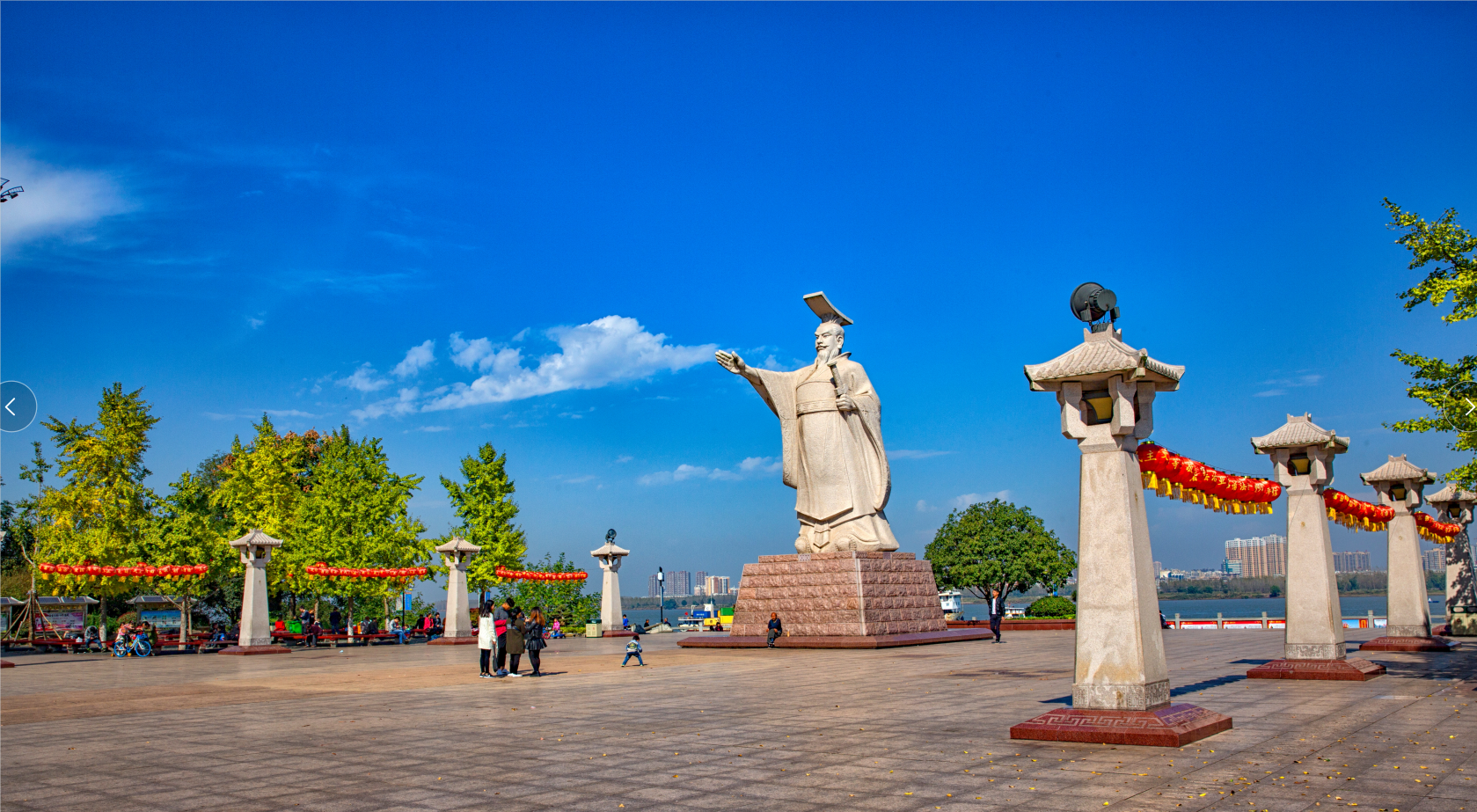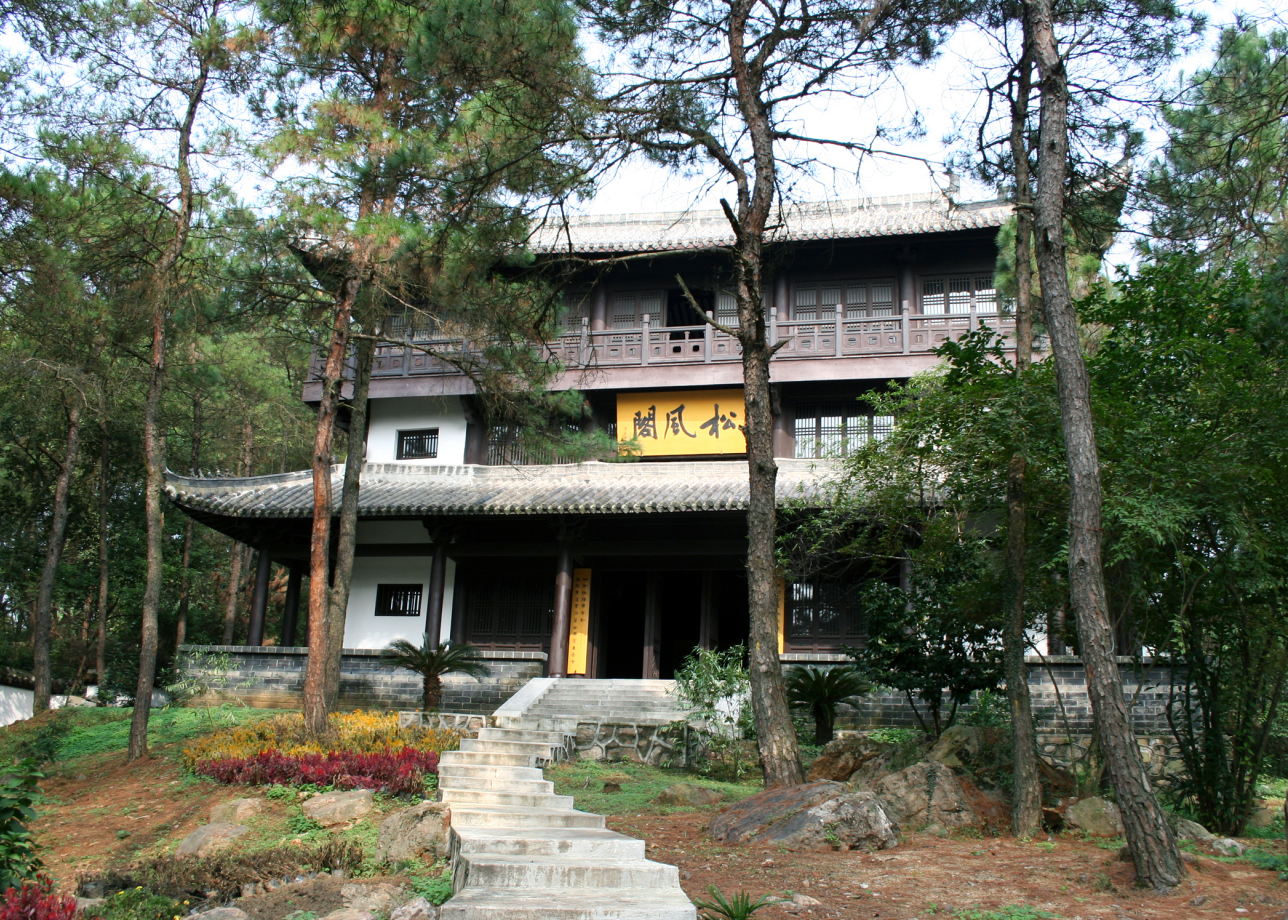
Wuhan has a district called Wuchang, while Ezhou has a city gate also called Wuchang. In fact, Ezhou was called Wuchang City in ancient times. In 221 A.D., Sun Quan, the founder of the Kingdom of Wu, moved the capital from Nanjing to Ezhou in order to seize Jingzhou, which was occupied by Liu Bei, the founder of the Kingdom of Shu. Sun renamed Ezhou "Wuchang," which means "governance by arms secures prosperity." Ezhou was called Wuchang for the following 1,700 years.

Ezhou has preserved relics of the Three Kingdoms.The ruins of King Wu's City built by Sun Quan is the earliest capital city from the Three Kingdoms and Six Dynasties periods to be archaeologically unearthed. It was listed in 2013 as a nationally-protected cultural relic.

Ezhou is rich in artifacts from the Three Kingdoms and Six Dynasties. The Ezhou Museum is the best window on the heritage of the Three Kindoms.The museum has collected more than 70,000 cultural relics, many of them from the Three Kingdoms period. One treasure is a gold-and-silve-wilded ballista used by Sun Lin, cousin of Sun Quan. The ballista demonstrates the high craft skills of the Kingdom of Wu. Another treasure,a Buddha aroma burner, serves as a historical token of the foreign contacts of the museum explained that the relic indicates that Ezhou was one of the earlies centers of Buddhism in South China.

Ezhou has inspired numerous classical literature. In the classic novel "The Romance of the Three Kingdoms," Ezhou (Wuchang)was mentioned six times.
In 2015, the Chinese Folk Literature and Art Association honored Ezhou as "the Hometown of the Three Kingdoms' Culture in China".
